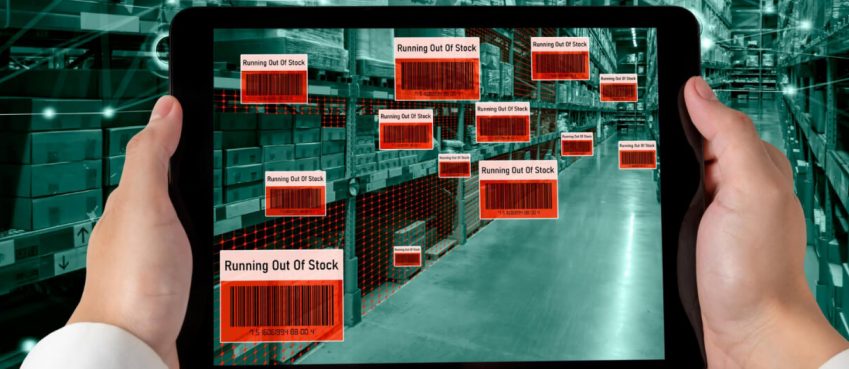
Computer-controlled manufacturing equipment is increasingly common, and there is no question that the adoption of CNC tech has brought about a number of changes in this industry.
The question, then, is exactly how the impact of CNC lathes in particular has been felt, and why this is relevant to manufacturing businesses and their clients alike.
Understanding the basics
Before delving into the deeper details of how CNC lathes have impacted manufacturing in recent years, it is first worth establishing what they do and how they have become so accessible.
Lathes-like machines have been used for centuries by humans, with the rotation of a piece of material around a fixed axis around craftspeople to quickly and consistently adjust its shape using a variety of tools.
This process, known for obvious reasons as ‘turning’, evolved over the course of the 20th century with the introduction of powered lathes, although even during this era the direct involvement of an operator was essential.
CNC lathes work according to the same principles of removing material from a rotating workpiece, but rather than the cutting edge being manually controlled, the positioning and movement is handled by computer.
It is not just brand new equipment which offers this kind of functionality; you can get good pricing here on used lathes that are just as capable of semi-autonomous operation without the direct, manual involvement of a human.
Also read: DDR4 vs DDR5: Tech Differences, Latency Details, Benefits & More (A Complete Guide)
Embracing the benefits
CNC lathes bring a number of benefits to bear on the manufacturing process which have led to significant changes and improvements.
Firstly, there is the immense precision and repeatability that are assured because the tooling can be programmed to carry out exact operations time and again without deviating from the predetermined plan laid out by the engineer.
This means that when tolerances are tight, CNC lathes are clearly more attractive than manually operated counterparts, as human craftspeople cannot hope to match them for precision.
Secondly, there is the greater speed of operation which a CNC lathe can reach without putting anyone at risk.
Quicker spindle speeds combined with the aforementioned precision means that parts can be created from solid blocks of material in less time, which help accelerate mass production processes and improve efficiency overall.
Thirdly, there is the flexibility that is innate to a software-driven, cross-compatible system such as this. Designs for parts can be created anywhere in the world, sent over the internet and loaded into a CNC lathe without the need for extensive configuration or trial and error.
This goes hand in hand with CNC lathes being able to operate along multiple axes and thus execute more complex designs than their traditional equivalents.
Also read: How To Turn Off Likes + Views Count On Instagram? Do It In Just 4 Simple Steps
Exploring the applications
The impact of CNC lathes on manufacturing has been so far reaching because it is possible to use this technology to work on a wide selection of materials.
Everything from plastic and metal to wood and glass can be cut and shaped with a computerized lathe, so whatever product a brand wants to build, a lathe should help to make it swiftly and reliably.
It is not just new parts and products which can harness the perks of CNC lathes; they are also used in reclamation and refurbishment of existing objects, which is bolstering the sustainability of manufacturing and the other industries which rely upon it.
This is why modern lathe equipment is used in aerospace manufacturing, consumer electronics, the auto industry and everything in between.
Moving towards symbiosis
While CNC lathes have clearly been very influential over manufacturing since they were first introduced, it is worth noting that their arrival has not entirely rendered manual lathes redundant.
In fact in many settings they actually coexist, with manufacturers combining automated and manual systems at different points in design and production to deliver the best overall results.
Likewise the artisanal crafts industry has been able to support manual lathes and ease the migration to CNC lathes in larger organizations, demonstrating that there is space for both types to flourish, preserving old practices while still allowing fresh innovations to find their footing.
CNC lathes, along with CNC mills, press brakes and other computer-controlled equipment, are continuing to revolutionize manufacturing, alongside other technologies like 3D printing, ensuring a bright future for human endeavour.
Top 10 News
-
01
Top 10 Deep Learning Multimodal Models & Their Uses
Tuesday August 12, 2025
-
02
10 Google AI Mode Facts That Every SEOs Should Know (And Wha...
Friday July 4, 2025
-
03
Top 10 visionOS 26 Features & Announcement (With Video)
Thursday June 12, 2025
-
04
Top 10 Veo 3 AI Video Generators in 2025 (Compared & Te...
Tuesday June 10, 2025
-
05
Top 10 AI GPUs That Can Increase Work Productivity By 30% (W...
Wednesday May 28, 2025
-
06
[10 BEST] AI Influencer Generator Apps Trending Right Now
Monday March 17, 2025
-
07
The 10 Best Companies Providing Electric Fencing For Busines...
Tuesday March 11, 2025
-
08
Top 10 Social Security Fairness Act Benefits In 2025
Wednesday March 5, 2025
-
09
Top 10 AI Infrastructure Companies In The World
Tuesday February 11, 2025
-
10
What Are Top 10 Blood Thinners To Minimize Heart Disease?
Wednesday January 22, 2025







